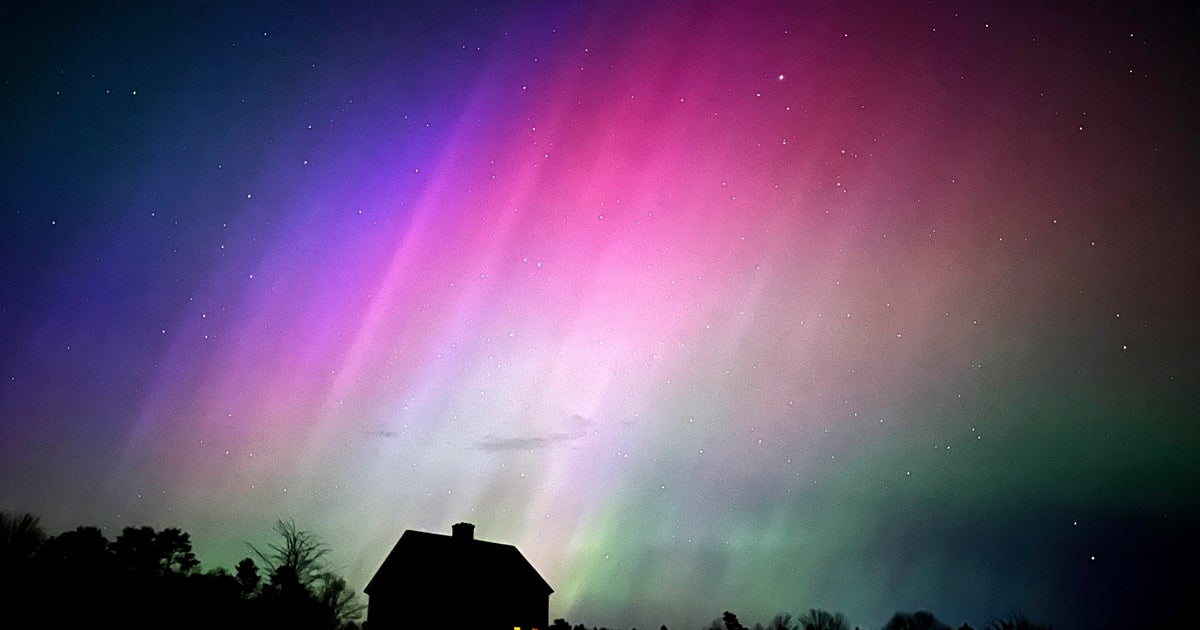Hubble telescope photos capture comet disintegrating into dozens of pieces
The Hubble Space Telescope unexpectedly captured a rarely seen cosmic event, taking magnificent photos of a comet shattering into dozens of pieces as it sped toward Earth. The surprising event means the comet likely won't be visible when it passes by Earth next month.
The comet ATLAS (C/2019 Y4) was first discovered last December by the Asteroid Terrestrial-impact Last Alert System (ATLAS) robotic survey system. It quickly brightened as it sped toward Earth, and scientists hoped it could have been visible to the naked eye during its closest approach of 72 million miles on May 23. It was poised to become "one of the most spectacular comets seen in the last two decades."
But when the comet reached about 91 million miles from Earth, inside the orbit of Mars, its icy core disintegrated into pieces. Three fragments were initially captured on camera by amateur astronomer Jose de Queiroz and later confirmed by the Hubble Space Telescope team.
In the midst of its 30th birthday celebrations, Hubble observed as many as 30 individual fragments "enveloped in a sunlight-swept tail of cometary dust," according to pictures taken on April 20 and April 23. Some of the pieces were as small as the size of a house.
"Their appearance changes substantially between the two days, so much so that it's quite difficult to connect the dots," David Jewitt, professor of planetary science and astronomy at UCLA, and leader of one of two teams that photographed the comet with Hubble, said in a press release. "I don't know whether this is because the individual pieces are flashing on and off as they reflect sunlight, acting like twinkling lights on a Christmas tree, or because different fragments appear on different days."
The event was one that is rarely captured in photos, since most comets are not bright enough to be seen.
"This is really exciting — both because such events are super cool to watch and because they do not happen very often. Most comets that fragment are too dim to see. Events at such scale only happen once or twice a decade," said the leader of a second Hubble observing team, Quanzhi Ye, of the University of Maryland, College Park.
While the event can seldom be seen, these photos have led scientists to conclude that comet fragmentation is much more common than previously thought. NASA scientists said it may actually be the primary way the nuclei of comets die.
However, astronomers are still not sure what causes the fragmentations, which are generally unpredictable and quick. One theory suggests fragmentation may be triggered by ice turning from a solid to a gas as the comet approaches the sun — the gaseous discharge may cause the comet to quickly spin, causing it to break.
"Suddenly, it's been thrust into the hot zone near the sun and the stress of the new environment is causing it to disintegrate," Jewitt said. "Further analysis of the Hubble data might be able to show whether or not this mechanism is responsible. Regardless, it's quite special to get a look with Hubble at this dying comet."





